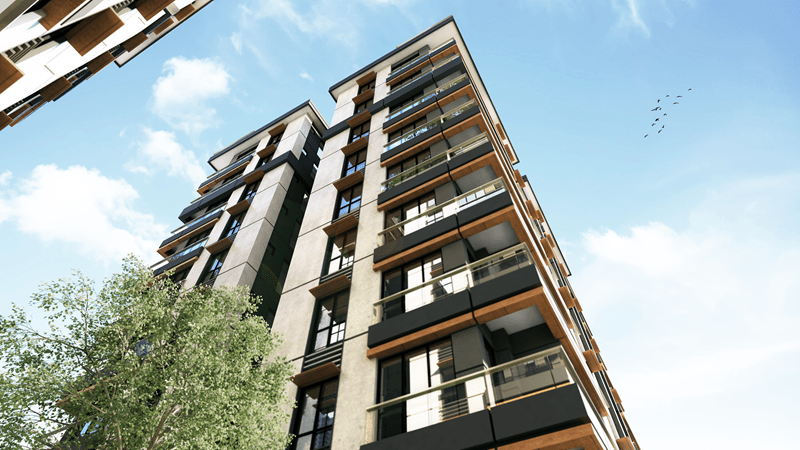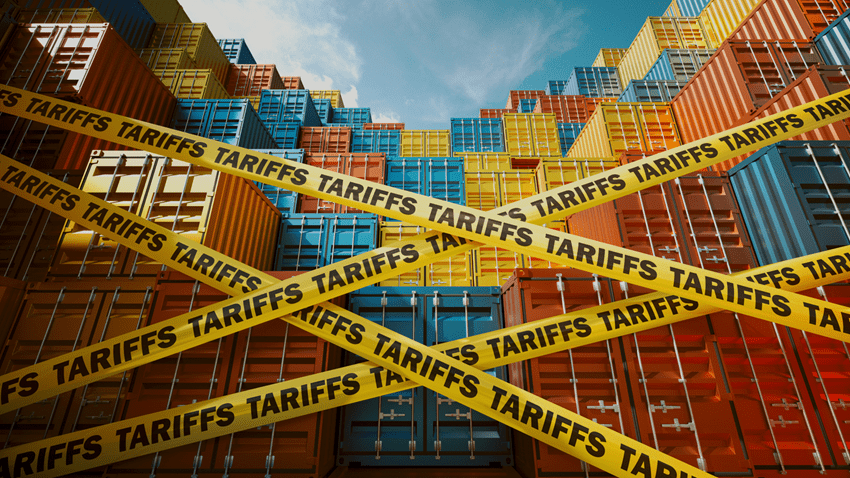
In April 2022, Frontier explored emerging opportunities in the Australian build-to-rent (BTR) sector, summarising findings in the Frontier International: Australian Build-to-Rent Update paper. At that time, most BTR projects were still in the development phase, with limited data on their performance once stabilised. Fast forward two years, and we now see several operating and stabilised BTR assets, with more nearing completion.
Frontier has been closely monitoring the progress of the BTR sector, including its integration with affordable housing and the Housing Australia Future Fund (HAFF) initiatives. These efforts highlight the ongoing challenges between Federal and State Governments in addressing the supply-demand imbalance in housing.
In this paper, we provide an update on several key aspects, including the maturation of the BTR model, commercial impacts on housing investments amid current capital market conditions, and fresh insights as the industry grapples with finding fair and equitable solutions.
Integrating affordable housing within the BTR model is a key approach to addressing these challenges, though reliance on government concessions, subsidies, and tax incentives raises concerns for investors who prioritise track record, liquidity, and varied implementation approaches. Both affordable housing and HAFF solutions often lean toward debt-like structures with limited equity ownership and long lock-up periods. However, Frontier has identified some HAFF participants that offer an equity-like model, i.e. full control over housing operators and builders, participation in rental upsides that can boost returns, no fixed termination date and access to residual value.
Our detailed paper also delves into significant market developments across Australian states, highlighting the ambitious plan in NSW to build 750,000 homes in five years and the resulting tensions between state and local councils. It examines the impact of ‘Thin Cap’ legislation on offshore investors and notes the slow progress in BTR investments due to an unfavourable tax framework. Melbourne emerges as the leader in the BTR sector, driven by attractive prices, with developments concentrated in the city’s inner ring. Additionally, the paper explores the economics of BTR projects, emphasising the crucial role of rental income and the challenges posed by rising land and construction costs. We also examine affordable housing structures and the HAFF, which are designed to improve housing outcomes.
The final word
Frontier has engaged extensively with capital providers, fund managers, and third-party operators in the BTR, affordable housing, and HAFF sectors.
The BTR sector in Australia continues to evolve, with some established models providing stable cash flows that may boost investor confidence. Despite less favourable tax conditions, offshore institutional investors are expected to remain active, with potential tax changes possibly increasing the sector’s appeal. However, Frontier anticipates that these investors may not hold these assets long-term, creating potential liquidity opportunities.
In the affordable housing sector, significant tax incentives and rental discounts are crucial to meet government planning requirements, though regulatory risks remain high. Frontier is closely monitoring the sector’s various models, operators, and challenges. HAFF opportunities, primarily debt-focused, offer potential uplift upon maturity, but rigorous due diligence is recommended for all involved parties.
Learn more
Frontier has conducted extensive research on the Australian housing sector and is well-positioned to advise investors on this theme. We encourage investors to reach out to our Real Assets Team for a discussion on how we can assist.
Clients can access the comprehensive research paper on Partners Platform.


